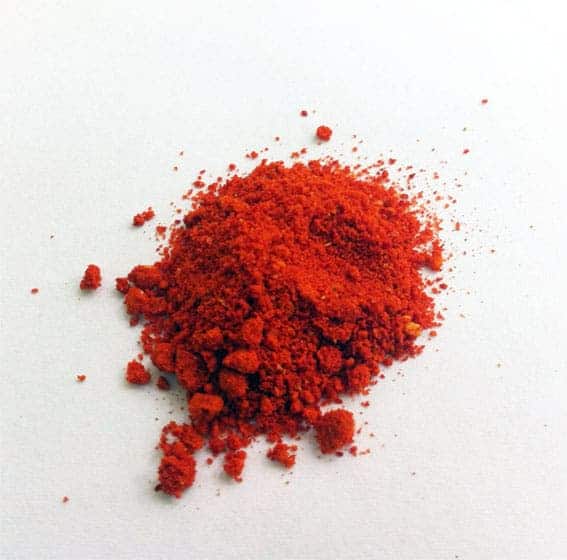A group of specialists in biology, chemistry and archaeology have found the earliest evidence of mercury poisoning in 5,000-year-old bones of humans buried in Portugal and Spain. It’s the largest study ever done on the presence of mercury in human bones, looking at a sample of 370 individuals from 50 tombs in 23 archaeological sites.

Mercury is a naturally occurring element found in water, land, and air. When humans are exposed to it, it can cause serious health problems. Nowadays, mercury is mainly used in the chemical industry and production of electrics but in the past, it was also used to extract gold, copper, and silver from ore rocks and as the main ingredient to produce vermilion, a brilliant red or scarlet pigment.
The World Health Organization considers mercury as one of the main chemicals of major public health concern. Exposure to it can have toxic effects on the nervous, immune and digestive systems. This can happen by eating certain fish of shellfish, but the levels are often low and nowadays, mercury poisoning isn’t a widespread problem. But things were different in the past.
Looking back on mercury
A team of scientists from the University of North Carolina and the University of Sevilla analyzed a set of bones dating from the Neolithic, Copper Age, Bronze Age, and Antiquity — and found that the poisoning was because of exposure to cinnabar, a mercury sulfide mineral that forms in thermal and volcanic areas around the world. The term cinnabar was used interchangeably with vermilion for centuries, as the mineral was ground into a powder and used to produce the pigment.

Historically, it was been used to produce paint pigments and consumed as a “wonder drug”, the researchers said in a statement. One of the biggest mines of cinnabar is in fact located in Almaden, Spain – one of the archaeological sites used to look for the human bones.
“The use of cinnabar as a pigment, paint or medical substance began by the Upper Paleolithic and intensified gradually in the Neolithic and Copper Age,’ researchers wrote in the study. ‘There is evidence for mining of the extensive ore deposits at Almadén, in central Spain, by 5300 BC. Its primary use was in rituals.”
The exploitation began in the Neolithic, 7,000 years ago, and the study showed that the highest levels of mercury exposure happened at the early start of the Copper Age, between 2900 and 2600 BC. Back then, the exploitation of cinnabar deposits in central Spain increased considerably. The mineral was a product of big social value and as a result, many must have accidentally inhaled or consumed it.
In fact, the bones of the individuals had levels of up to 400 parts per million (ppm) – which is so high that the researches don’t rule out that cinnabar was deliberately consumed for a ritual purpose. The WHO considers that the normal level of mercury shouldn’t be higher than one or two ppm, revealing a high level of intoxication. As far as we know, this is the oldest evidence of someone suffering from mercury poisoning.
The study was published in the International Journal of Osteoarchaeology.


